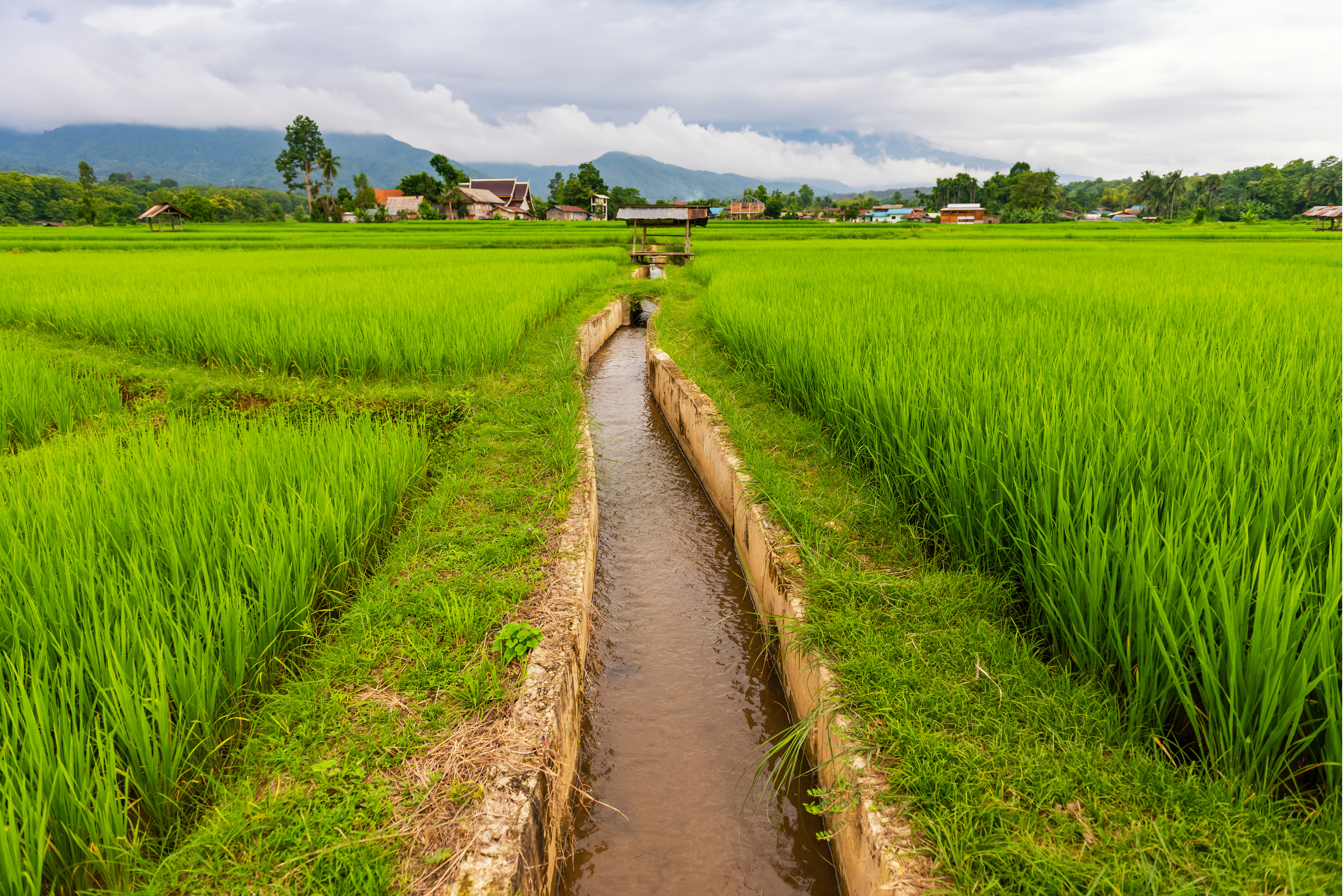Home
Barn Owl Blog
Irrigation with Canals and Ditches: A Classic Method for Supplying Water to Your Crops

Irrigation with Canals and Ditches: A Classic Method for Supplying Water to Your Crops
If you're dreaming of working the land or starting your own homestead, understanding how to get water to your crops is one of the first big steps. One of the oldest and most straightforward methods is using canals and ditches. While it may seem simple, this method has been feeding farms for centuries and still plays a huge role in agricultural communities today.
How It Works
Canals and ditches rely on gravity to carry water from a surface source—like a river, reservoir, or pond—down a network of channels that snake through your land. Water is directed from the main canal into smaller, farm-level ditches that lead to specific fields. Farmers open and close gates or use siphons to control how much water flows where.
It’s all about using the land’s natural slope to your advantage—no electricity or pumps required!
Pros
-
Low-tech and budget-friendly: No fancy systems, no expensive equipment—just good planning and shovels.
-
Great for large areas: Ideal if you’ve got several acres to irrigate at once.
-
Gravity-powered: No fuel or power bills for pumps.
Cons
-
Water loss: A lot can evaporate or seep into the soil before it even reaches your crops.
-
Maintenance-heavy: Ditches need regular clearing to prevent clogging or erosion.
-
Not precise: It’s harder to control exactly how much water each crop receives.
Best For
-
Flat or gently sloping land
-
Large garden plots or row crops
-
Regions with access to surface water (streams, lakes, reservoirs)
Equipment Needed & Water Rights
Equipment Needed:
-
Shovels or trenching tools
-
Siphon tubes or small headgates
-
Leveling tools for grading the land
-
Optional: liners (plastic, clay, or concrete) to reduce seepage
Water Rights:
Using surface water typically requires a legal water right or permit from your local or state water authority. This is especially true in western U.S. states, where water rights are tightly regulated. Contact your local extension office or department of water resources to:
-
Learn how to apply for a permit
-
Understand your state’s “prior appropriation” or “riparian” water laws
-
Make sure you're legally allowed to divert water from a nearby stream, river, or reservoir
Even if you’re just setting up on a small scale, it’s worth checking the rules early.
Homesteader Tips
-
Start small: Even a backyard garden can use a mini-ditch system with water stored in a pond or tank.
-
Line your ditches with clay or plastic if you’re losing too much water to seepage.
-
Keep it clean: Remove weeds and debris weekly to keep water flowing smoothly.
-
Pair with mulching to reduce surface evaporation around plants.
Canals and ditches might not be flashy, but they’re reliable and time-tested. If you’ve got access to surface water and a bit of elevation change, this could be a smart, low-cost way to bring life to your crops—and your dream of self-sufficiency.
Up next: Sprinkler Irrigation: Turning Rain into Science on Your Homestead
Share


